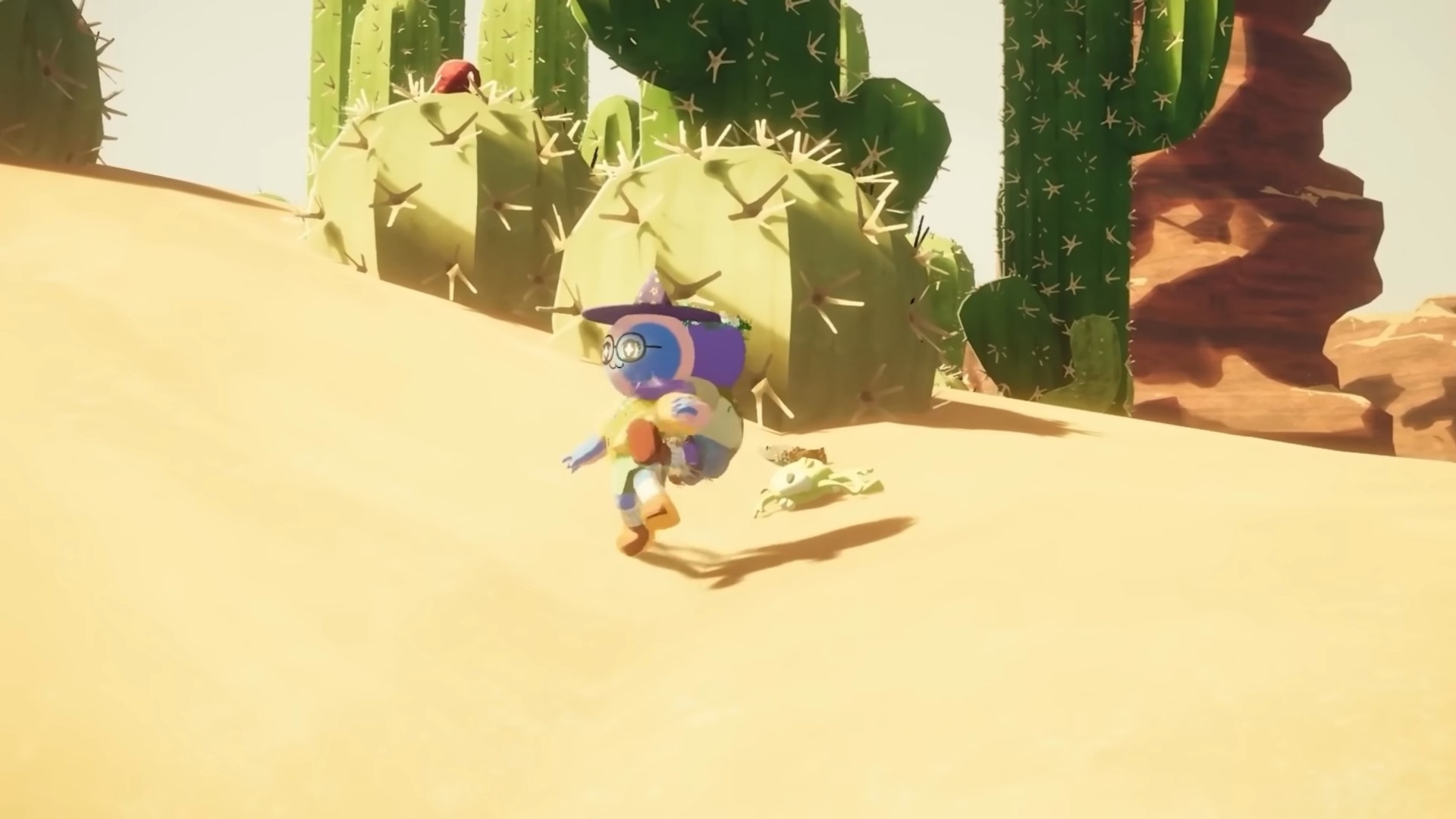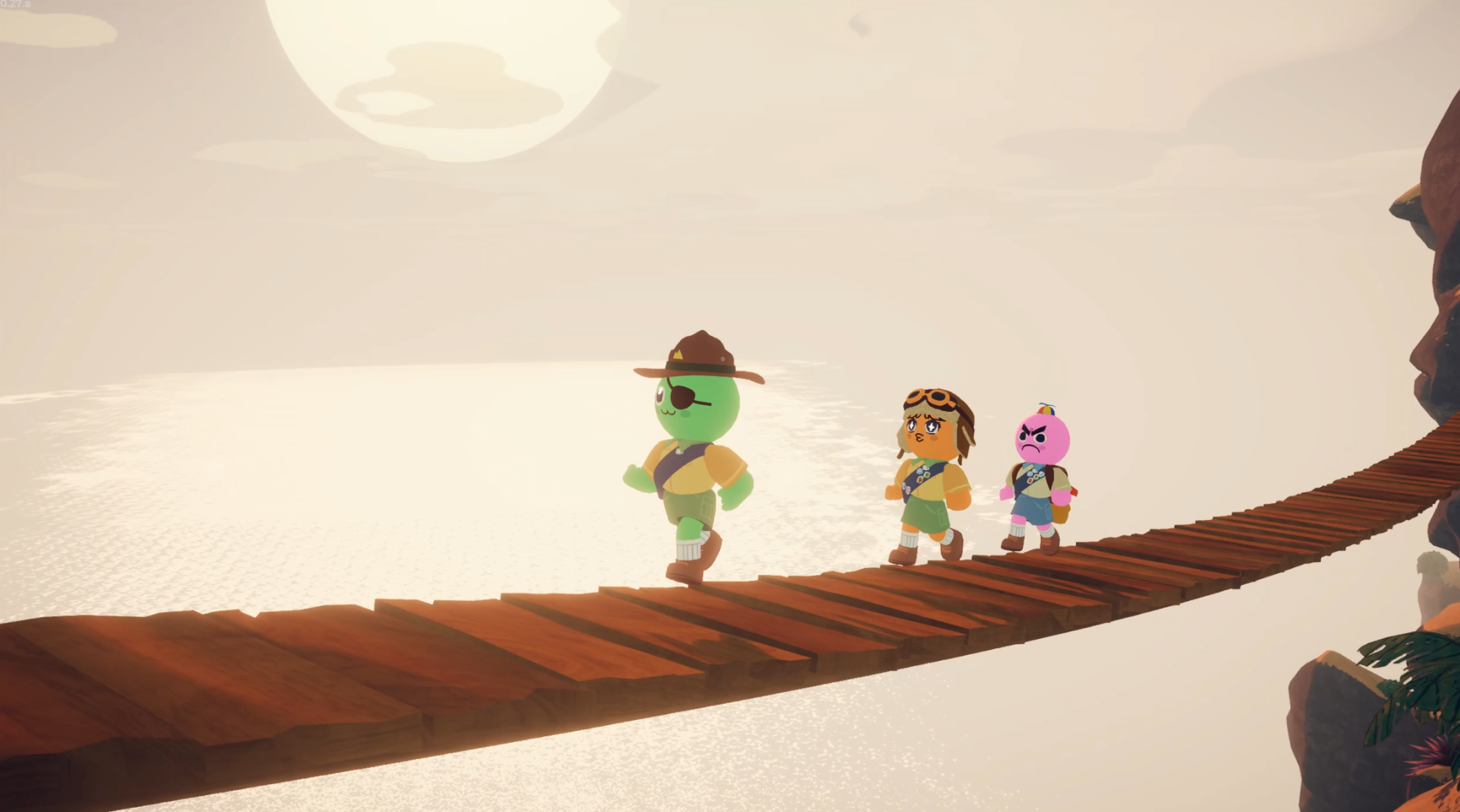Players will get to experience several different biomes in PEAK. Here’s every detail and how you can survive them.

PEAK might seem like a simple game to many; however, underneath the quirky design and straightforward objective, this 2025 climbing game features a hidden depth to its gameplay, such as the different biomes. The game consists of five different biomes, each serving as a different level.
To progress through this system and discover one level after another, you must climb to the top of the biome you are currently on and light a fire. However, there is an exception to this, which is the Klin. In this article, we will be discussing all five biomes in PEAK and telling you how you can survive in them.
Check Out: PEAK: How To Get the Ninja Headband
Every Biome in PEAK, Explained
All five biomes in PEAK have their own characteristics and obstacles. Thus, every time you will need a different approach to get through them. To create a good strategy and survive these treacherous places, you must gain a good understanding of each level in the game first. Below, we have broken down and explained all biomes in PEAK in detail so you can know your surroundings better while you climb to the top.
The Shore
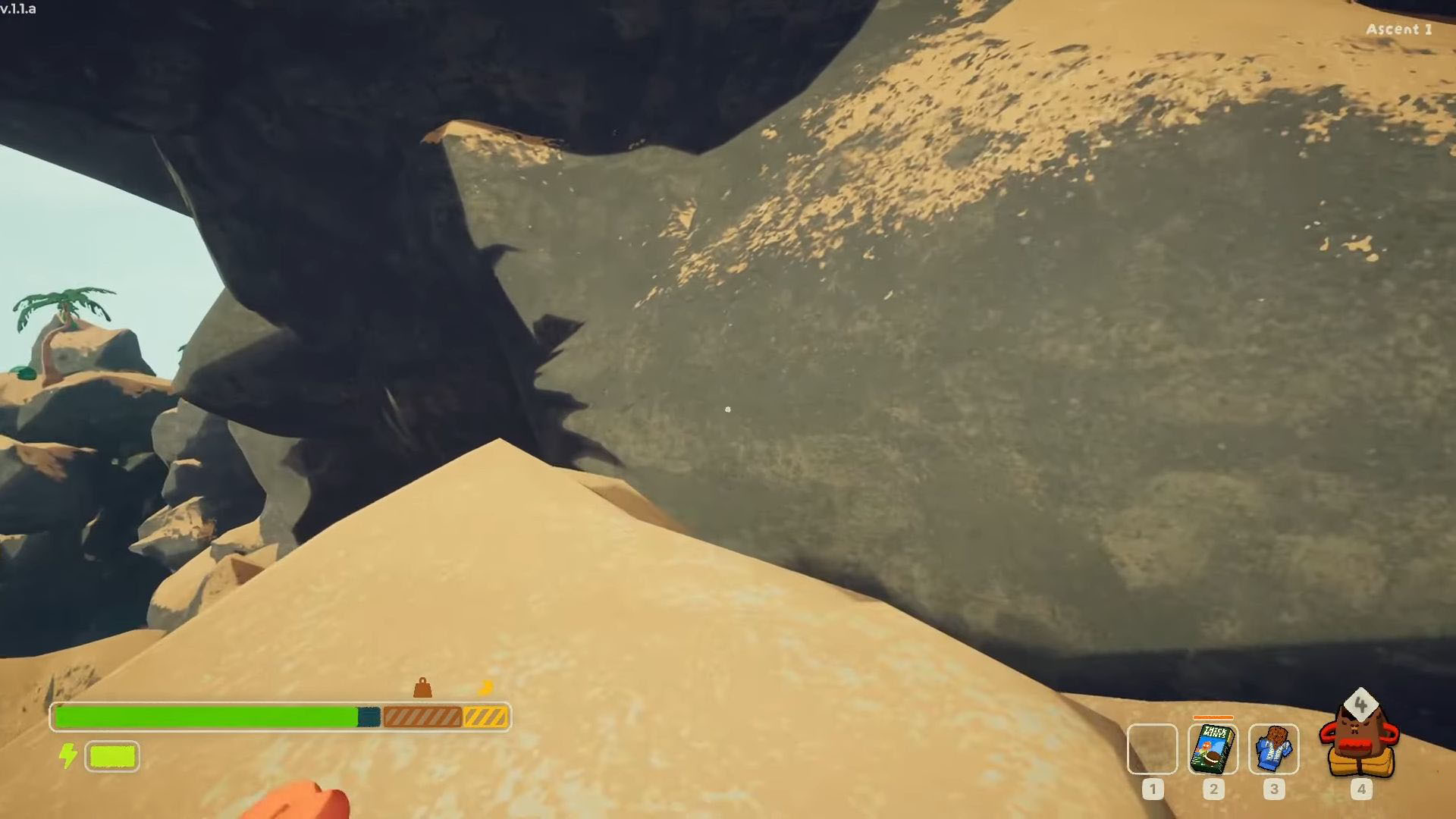
The Shore is the first biome that you will encounter in PEAK. Once you hop into the game and start your playthrough, your character will find themselves on the shore with the plane wreckage. To survive this area, first, take everything from the luggage container, and then move towards the mountains. Of course, you are also free to collect more items if you find any on your way to the peak.
As the name suggests, this biome refers to the beach that you will end up on after the plane crash. Since it is the first level in the game, the various summits and cliffs in it are not hard to tackle. Moreover, the Shore is made for new players to learn the game’s various mechanics, so you won’t find anything too dangerous or terrifying there. Still, we have given a few tips below to make your life easier on this level.
- Do not touch the Sea Urchin.
- Always try to identify and avoid poisonous plants.
- Actively look for medicinal plants and healing items.
- Maintain your distance from the exploding spores.
- Keep your ears open while crossing any bridges. If you hear any creaking noises, then it means that the bridge is going to break.
The Tropics
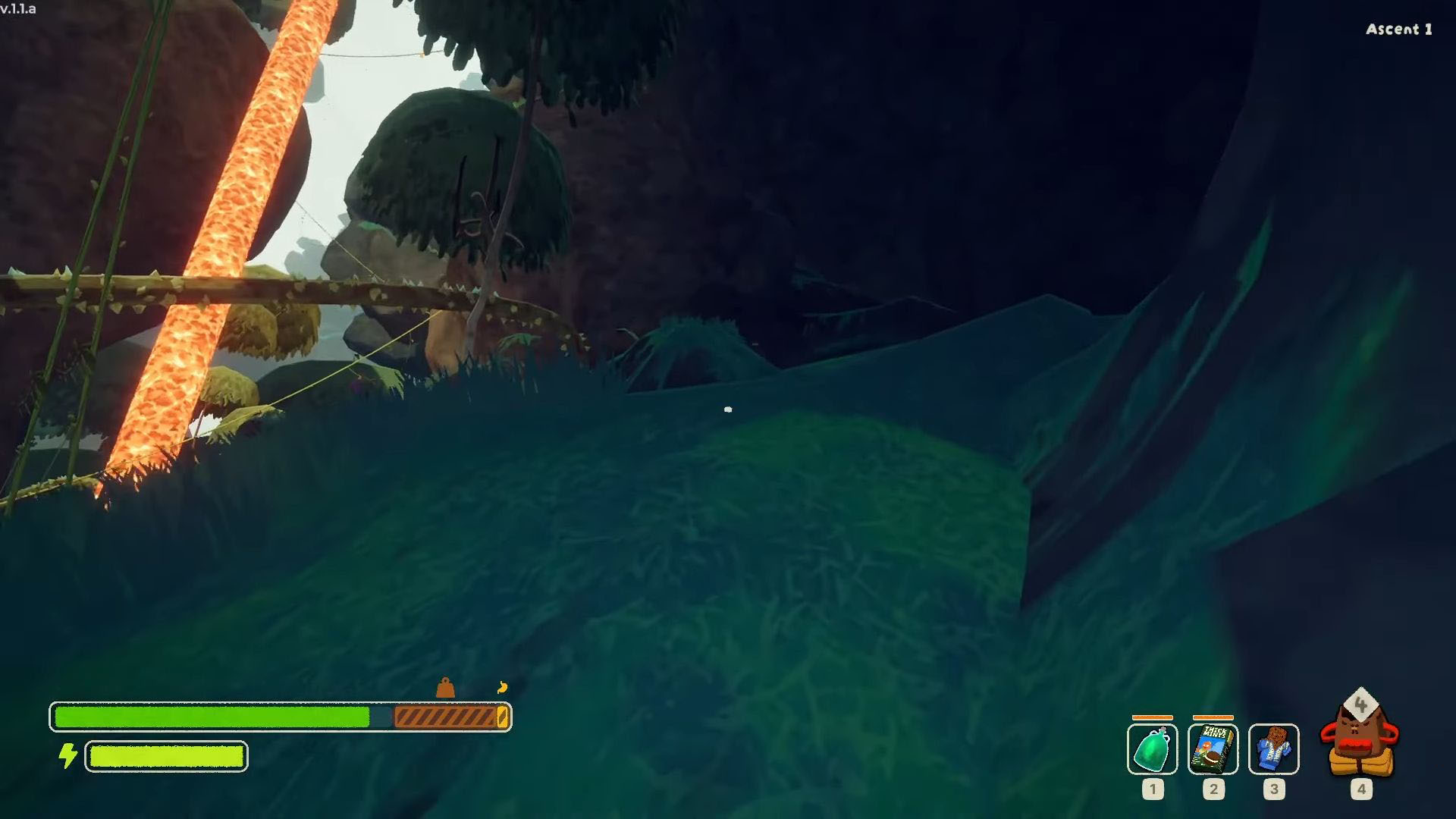
In PEAK, the first time you will encounter any kind of trouble is in the Tropics. It is the first biome that will introduce the environmental hazards to your playthrough, which will become more and more difficult as you progress. Still, Tropics only has one such hazard, and it is rain. It also hosts a mountain that is much higher than the one you previously climbed.
In addition to that, you will find the peaks in this level harder to climb, and the sudden coming and going of rain won’t help you either. However, your misfortune does not end there, because this new biome will also have an increased amount of poisonous plants alongside thorned vines, bees, etc. If you want to safely navigate through the tropics, we highly recommend creating a route and a plan before you begin your journey. Furthermore, follow the instructions below for some additional help.
- Similar to the Shore, the Tropics will also have poisonous plants, exploding spores, and Sea Urchins.
- Try to check almost every tree you encounter for potential beehives. However, do not get too close, or the bees will attack you.
- Try to avoid climbing for long periods of time during the rain.
- Walking on thick vines and tree climbing is possible.
The Alpine
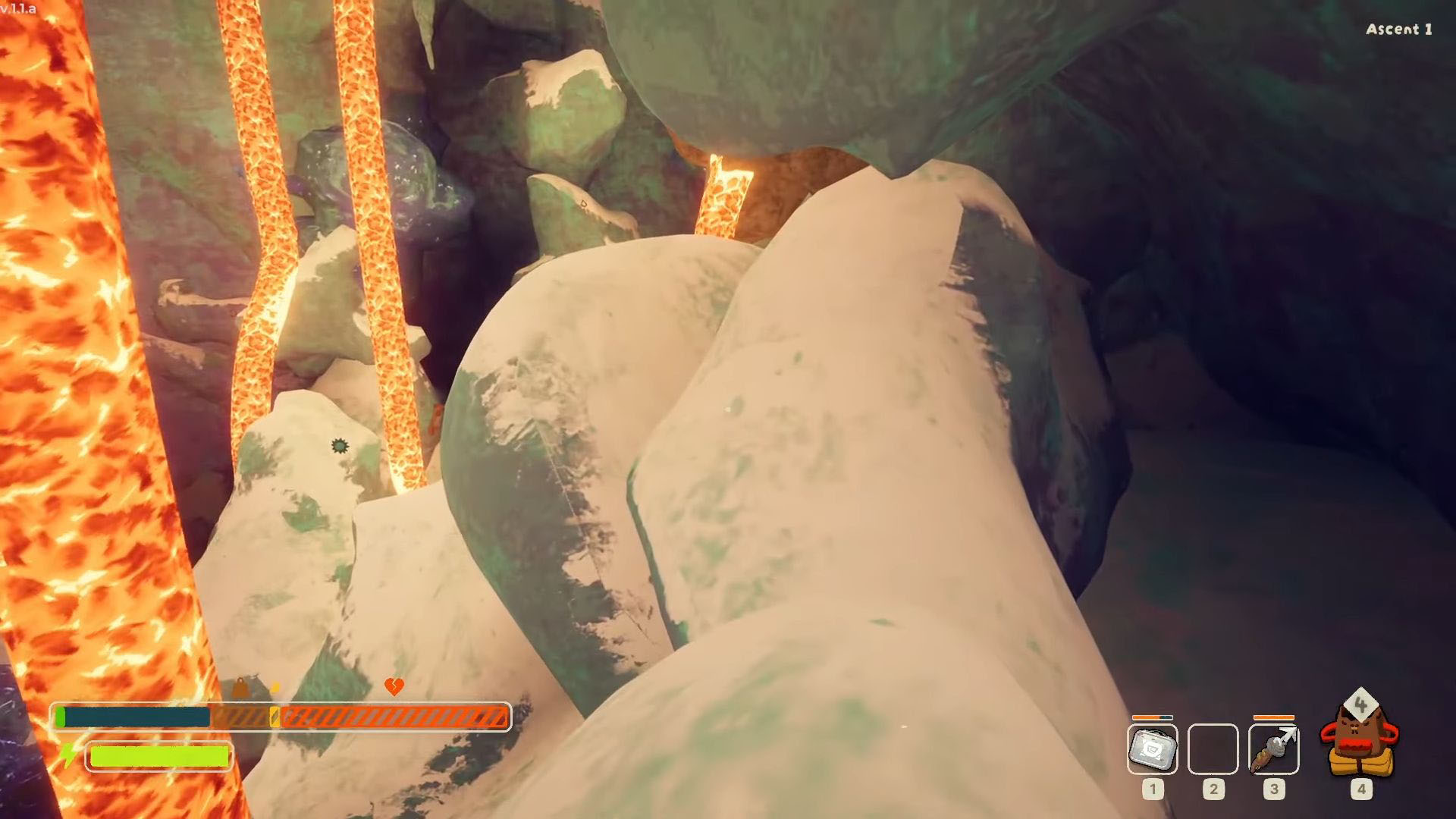
Once you have tackled the sandy Shores and the jungles of the Tropics, your next obstacle will be the Alpine biome. This level is notorious for its freezing winds, which are an environmental hazard. Other than that, you will also have to deal with Frostnite debuffs during your time in this terrain. Even though you won’t have to deal with bees or sea urchins, the Alpine can still be a slippery slope.
Once in this biome, the first thing you should look for is shelter. Taking refuge behind the terrain is the only way to withstand the blizzard on this level because other places, such as trees, will be ineffective in front of the icy winds. However, once you master surviving this environmental hazard in the Alpine biome in PEAK, you should be able to make your journey to the top of the mountain. Still, keep the following steps in mind.
- If you do not have any food, you can consume the Winterberry found in the Alpine trees and bushes.
- It is quite easy to get the Frostbite effect from touching any frozen item, such as the blue crystalline blocks. So, avoid that as much as possible.
- The lantern from the plane wreckage can be quite helpful since it can mend your frostbite to a certain degree.
- During the previous two biomes, if you find any Heat Packs, it would be wise to save them for your time in the Alpine level.
- While you climb to the top, try to look out for a hot spring with some Capybaras in it because it can repair your frostbite meter.
The Caldera
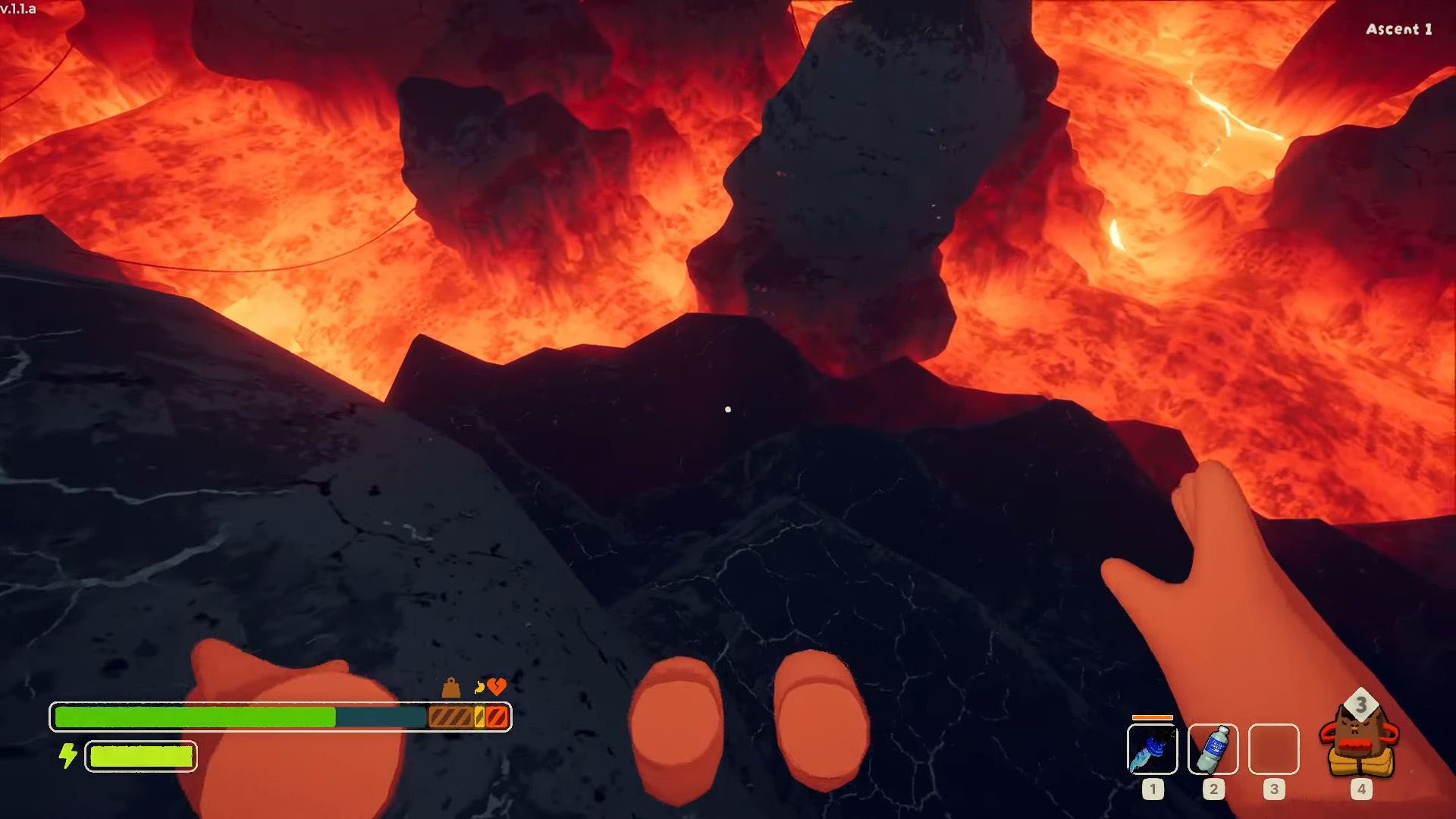
The Caldera won’t be like the biomes you encounter before it. If you want to complete this level, instead of climbing a mountain, you will have to carefully make your way through the flat landscape surrounded by magma. In addition to that, you will also have to keep an eye out for rising lava and sudden explosions that can cause area damage. So, we recommend not spending too much time in the last layer of this level.
Similar to real life, lava in PEAK is lethal. So, try to avoid it as much as possible in Caldera. As we discussed, this land also sees bursts of lava explosion, which do fire damage to your stamina bar. However, it does recover over time. To survive this level, follow the points below.
- If you get fire damage, you can either use a medkit to recover or simply wait for your stamina bar to restore itself.
- You can use the various chains in Caldera biome to navigate across its different islands.
- Items such as Shelf Shrooms, Pitons, and Chain Launchers can help you quite a lot in this level.
The Klin
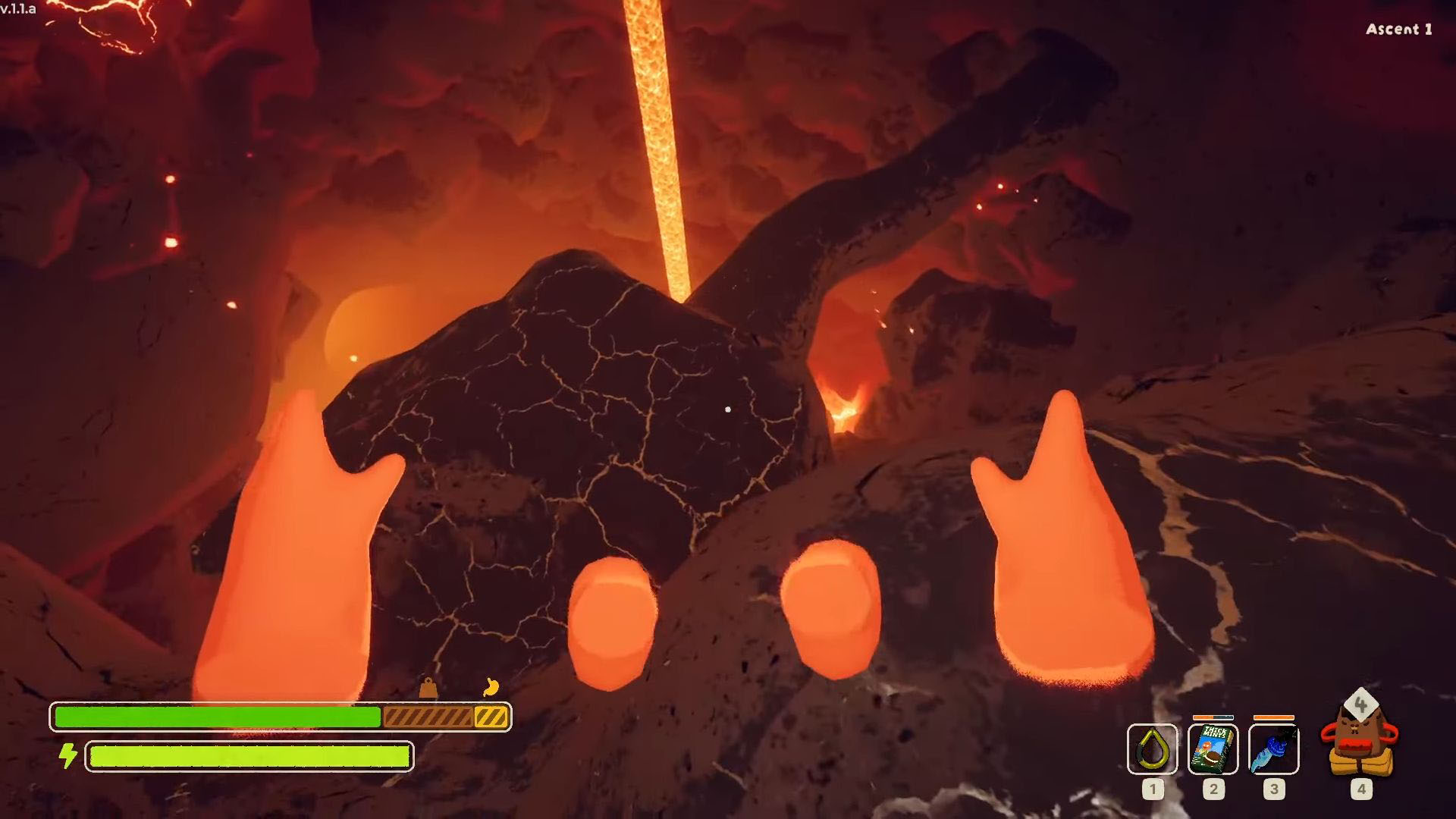
Out of the five different biomes in PEAK, Klin is the final level. To get there, you must reach the end of the previous level and enter the cave that leads into the volcano. Similar to Caldera, Klin also has lava all around and environmental hazards that deal fire damage. However, unlike Caldera, Klin does not have frequent open areas, so planning a route will be crucial.
To finish this level, you must climb to the top of the volcano despite the various obstacles in your way. First, you must focus on avoiding the surrounding lava and climb the main volcano. Fortunately, this time you will find many areas among the rock walls to rest and recover your stamina. But once you go beyond the halfway point, more lava and magma rocks will make your life more difficult. Follow the steps below to complete this final level in PEAK.
- Avoid the lava and fire explosions at all costs in the Klin.
- Try to find and carry boosting items such as energy drinks or lollipops to improve your stamina and climbing.
- Use the various places alongside the Volcano’s exterior to rest and recover.
Thank you for reading the article. We provide the latest news and create guides for Baldur’s Gate 3, Starfield, ARK Survival Ascended, and more. Also, watch Deltia play games on Twitch or visit his YouTube channel!
 Reddit
Reddit
 Email
Email
